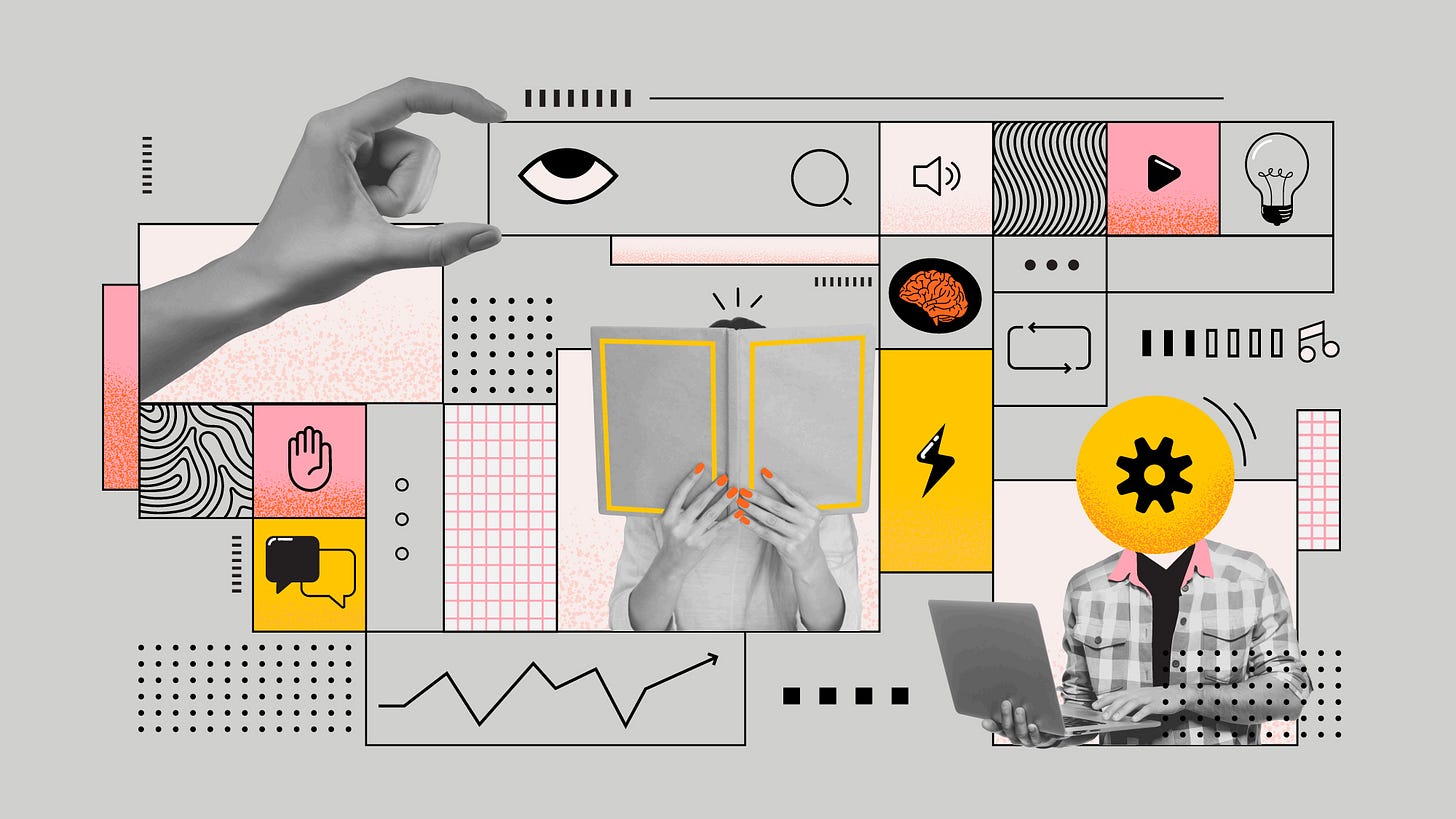Sensory Design: Crafting Profound Brand Experiences in a Digitally Connected World
Exploring how sensory interaction transforms ordinary touchpoints into extraordinary brand memories.
Introduction 🌐
As technology advances exponentially, driven particularly by AI, the ways we interact with brands, products, and services are rapidly evolving. Screens and speakers have largely monopolised our senses, reducing experiences to visual and auditory stimulation. Yet, human beings experience the world through a symphony of senses, including touch, smell, and taste. As the digital landscape becomes increasingly dominant, there's a renewed longing—and opportunity—for brands to reconnect on a deeper, more human level through sensory design.
This edition of Code Uncovered explores the growing necessity for sensory design and how it redefines traditional branding, marketing, product design, innovation, and our entire relationship with technology. We'll unpack how sensory experiences enhance human-AI interaction, discuss groundbreaking examples of sensory design, and consider the visionary genius of Antoni Gaudí, whose approach embodies timeless sensory engagement.
🔓 Ready to Dive Deeper?
Sensory design is more than a trend—it’s a paradigm shift reshaping how we experience brands, products, and technology. Join our growing community of sensory innovators by becoming a paid subscriber. Unlock exclusive insights, future-focused trends, practical frameworks, and collaborative opportunities within sensory design.
Subscribe today to be part of shaping the future of meaningful, memorable sensory interactions.
🎯 Why Sensory Design Matters Now
Two key factors emphasise the rising importance of sensory experiences:
1. Humanising Technology & AI:
With AI shaping everyday experiences, there's an urgent need to humanise digital interactions. The future isn’t simply about more innovative technology but more humanised interactions—conversational AI, natural-feeling haptic technology, intuitive interfaces—that engage multiple senses, creating deeper, emotional connections.
2. Renewed Value of Physical Experiences:
In a world dominated by digital communication, physical interactions have become valuable, exclusive, and memorable. Brands that leverage sensory touchpoints—whether through product textures, intuitive ergonomics, immersive environments, or even subtle sensory cues—will create distinct, personalised experiences, driving deeper engagement and lasting loyalty.
🖐️ A New Field Emerges: Sensory Design as SX Design?
Much like the "creative economy," which unites diverse roles from designers and writers to artists and influencers, sensory design practitioners span various titles and industries. We see perfumers, chefs, blacksmiths, textile designers, haptic technologists, glassblowers, and UX designers all shaping sensory experiences, albeit from different perspectives.
To establish this field and provide an inclusive umbrella, we propose the term SX Design (Sensory Experience Design). SX Design encapsulates the interdisciplinary, holistic, and transformative nature of sensory engagement, uniting scattered practitioners into a cohesive, recognisable space. This inclusive terminology can drive forward our collective understanding and mastery of multisensory interactions.
🚀 Join the Sensory Revolution
As pioneers of sensory innovation, we are aiming to unite, inspire, and advance sensory experience design globally. If you’re a sensory innovator, designer, or just curious to explore this fascinating realm further, we invite you to connect with us.
Keep reading with a 7-day free trial
Subscribe to Code Uncovered to keep reading this post and get 7 days of free access to the full post archives.


